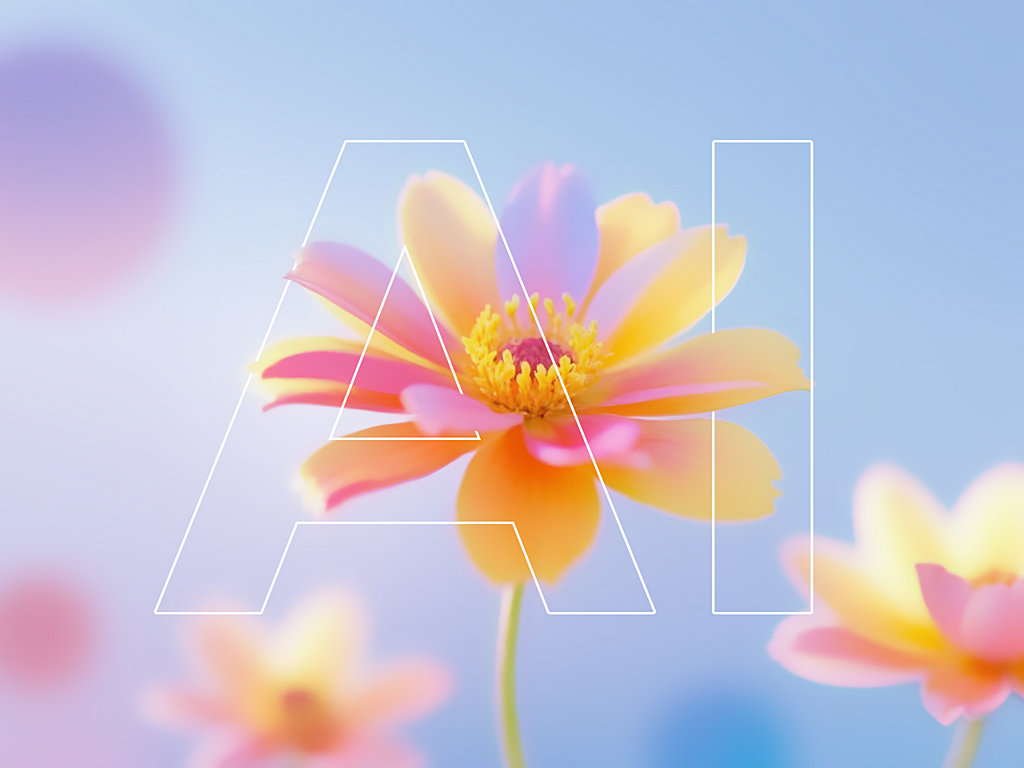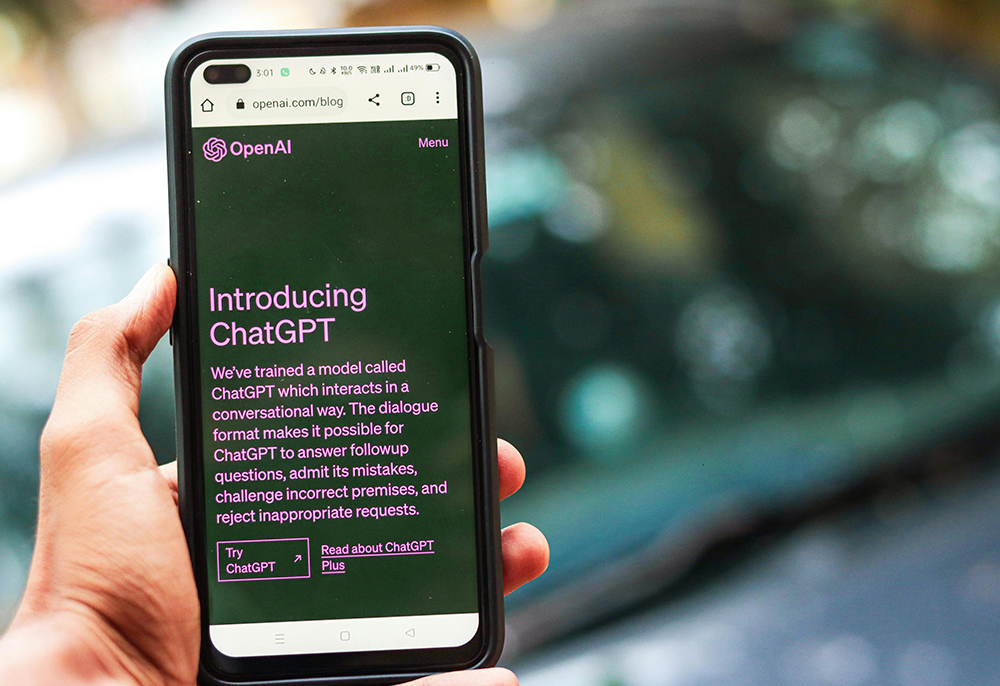How Can Consumers Tell If You're Using AI?
by Alyssa Briones

AI-generated content is everywhere. For brands, AI tools offer speed and scale. Hours of human brainstorming can now be done in seconds with a single prompt. But consumers are starting to notice. And when they do, it may affect how they see your brand’s authenticity and creativity.
Consumers Can Tell You’re Using AI
Artificial Intelligence (AI) is a type of technology that enables devices to think, learn, and create like human beings. It can analyze information and solve problems much faster.
Despite the environmental impact and ethical concerns of AI, these tools have been found impressive for mimicking tone, structure, and visuals. Of course, they’re not perfect.
-
Writing Signs
Over-reliance on using AI on your content showed patterns that discerning readers started calling out. Are you guilty of these?
-
Repetitive or Predictable Phrasing
AI uses common phrases or structures it learned from training data. If your content sounds formulaic, generic, or flat, it might come off as AI-generated.
-
No Authentic Voice
Human writers have distinct styles. Some are sarcastic, poetic, or blunt. You get a feel for who’s behind the words. AI, on the other hand, borrows one. So if it feels clean and professional but bland… It's totally AI.
-
No Cultural References, Inside Jokes, or Personality
Humans pull from real life—pop culture, history, local slang, internet jokes, or niche references to bond with a certain group of people. AI tries to, but it often plays safe.
-
The Vibe Feels Hollow
The copy is technically perfect, but the vibes aren’t giving. It’s soulless. If you know, you know.

From Sanket Mishra on Pexels.
-
Visual Signs
AI-generated images and videos are also getting rampant, and to be fair, they’re eerily closer to reality. But once the audience looks closely, they can easily spot that it’s not human-made.
-
Inconsistent Lights and Shadows
Real life lighting is different from an AI-generated image. It causes shadows in conflicting directions, bright angles from non-existent sources of lights, and more.
-
Wrong Visual Details
As one of the most common giveaways, AI struggles with anatomy and tiny details. You can often notice: misshapen hands, too many fingers, oddly bent body parts, gibberish texts, and weird objects that don’t make sense.
-
Audio Signs
Have you ever questioned something you heard? Not because you can’t believe what they said, but rather on who’s talking. They sound real but off.
-
Nobody Talks Like That (Yet)
xAI tends to use the same melodic rhythm for every sentence. They also don’t know contextual stress, so it makes a monotonous up-and-down that no one naturally sounds like.
-
Emotions Fell Flat
Even if the voice sounds fine, it leaves the listener nothing. No impact. No emotional memory behind the delivery.
AI’s Impact to Consumers
Your customers aren’t exactly hunting for AI-generated contents. No one is trying to catch you in the act. Not until they felt you’re not being real.
AI-generated contents. No one is trying to catch you in the act. Not until they felt you’re not being real.
From ThisIsEngineering on Pexels.
Once your content performs, your audience has started trusting you. They feel that you’ve been at a place where they are, and you genuinely care to help them. AI can copy the structure of good content, but it can’t create that kind of emotional connection.
So when they noticed that AI runs the show:
- They get disinterested.
- They trust you less.
- They question your authenticity.
How to Properly Use AI in Your Content
We can’t necessarily advise to “stop using AI” because the ship has already sailed. Instead, we can remind you how to properly use it as a tool rather than a replacement for you.
-
Use it for Surface-Level Brainstorming
Let AI help you get through a blank-page syndrome. But don’t let it publish without your input.
-
Add Personal Stories
An anecdote, quote, or a hard lesson you learned brings weight in your content. You can’t fake that.
-
Sound Like You
AI tries to sound proper. If that’s not how you speak, don’t.
-
Always Triple-Check
AI-generated content isn’t always correct and polished. Don’t make the mistake of trusting AI too much. Take a thorough look and revise accordingly.
Everyone has access to the same tools, templates, and prompts. You have to take a nonlinear way to be separated from the rest of these brands. Volume isn’t the only way to go—your voice matters more.
Conclusion
AI can create content for you, but it doesn’t care enough to think about you. It can’t hold a belief, take a risk, or tell a story that actually happened. This difference is felt by your audience.
You may use AI to help you scale, but it will never replace your soul.
The Artificial Intelligence (AI) Versus Human Intelligence in Digital Marketing
September 03, 2025by Tricia Caisip

